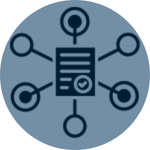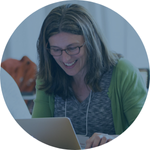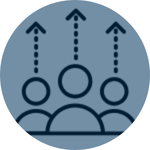‘Introduction to Digital Humanities’ is an online course that teaches students critical data literacy skills through their engagement with primary source archives and text and data mining tools.
Highly flexible, it allows educators to integrate the complete course into their teaching, or select one or more modules or activities for use in their curriculum, saving time whilst ensuring a high-quality classroom experience for their learners.
Perfect for students new to working with primary sources and digital humanities, the course includes stretch activities which can push students keen to challenge themselves or for those who have prior exposure to digital humanities methods.




